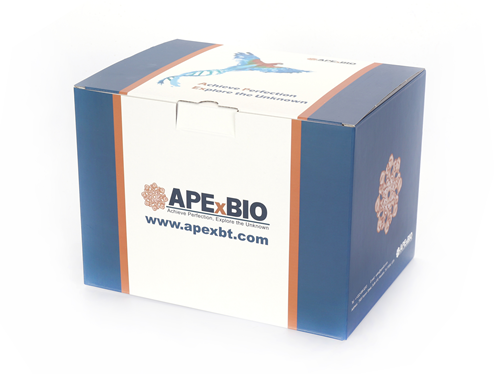Protein A Magnetic Beads
Protein A, a Staphylococcus aureus surface protein that specifically binds IgG Fc regions and some VH3 variable regions, is covalently coupled to ~200 nm magnetic beads to form a solid-phase affinity matrix. Protein A Magnetic beads are widely used in biochemical and immunological research. These beads selectively capture IgG from biological samples, aiding isolation/purification for IP, Co-IP, ChIP, and antibody purification from serum/culture media, with rapid binding and easy magnetic separation. Protein A Magnetic beads are regenerated and reused (>10 cycles) via elution methods like acidic conditions or SDS-containing buffers.
| Component | K1303-1ml | K1303-5*1ml |
| Protein A Magnetic Beads | 1 ml | 5*1 ml |
Store at 4 °C for two years. | ||








